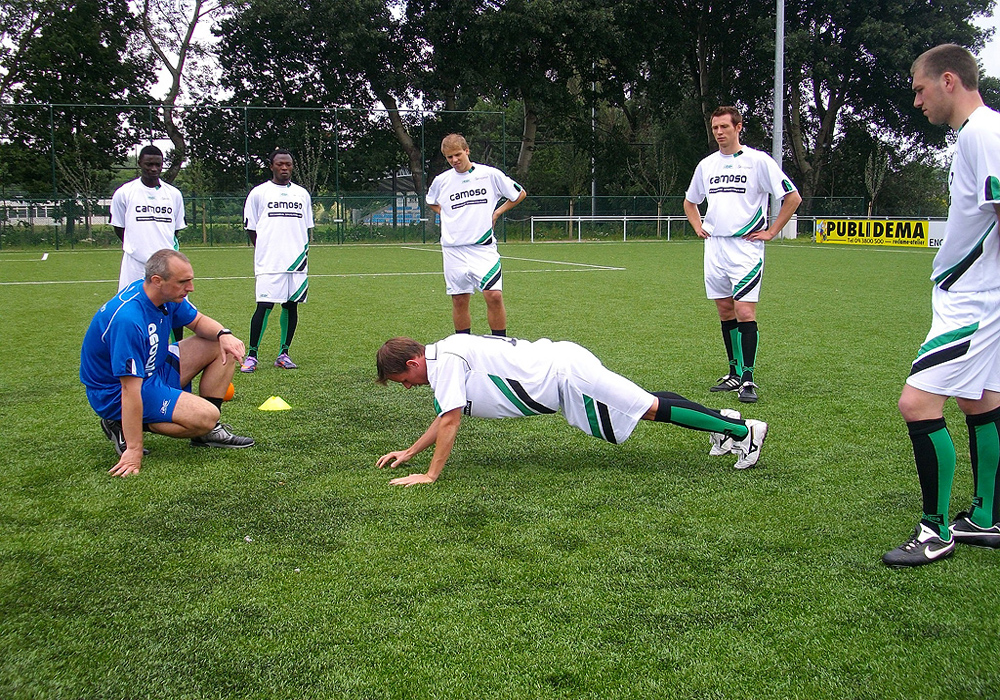Soccer is one of the most competitive sports in the world and requires players to be completely fit physically and mentally. It is demanding game because the winner is decided within 90 minutes and sometimes games can stretch for 120 minutes as well. In order to perform well in soccer game, players need to follow strict exercise and training schedules. One of the highly stressed about aspects of soccer training is aerobic fitness.
So what is being aerobically fit? Aerobic fitness actually determines the various levels in which a player is able to take oxygen and use it to perform a particular activity, which in this case is playing soccer. Activities like walking will never put enough stress on the body and most players will be able to easily cope up with this type of aerobic activity. Some of the most common aerobic activities include jogging, running, jumping, walking, and even skipping. But in terms of soccer, aerobic exercise activities are defined as an activity that will provide enough exercise without making a player too tired. Basically, in simple terms, it just means that players should be able to work out at a rate where they will not be completely fatigued or where they will not run out of breath. Most aerobic training activities are intended to increase the levels at which fatigue takes place. In a nutshell, aerobic fitness training for soccer players will make their heart and lungs efficient enough so that these players can go for more exercise. Basically, this will help players to run faster and further without getting tired vis-à-vis ordinary people.
Aerobic fitness training for soccer players is also sometimes termed as Rhythm Precision. This is mainly because this type of fitness training also helps professional as well as amateur soccer players in learning soccer skills rhythmically. In a way, aerobic fitness training can help bring out the best of skills in any aspiring soccer player. This type of soccer training cum exercise program will also focus on the various needs of a player in terms of enhancing flexibility, skill, stamina, speed, strength, and suppleness.
Since soccer is a game where players need to score, pass, defend with precision, speed, and skills, hence aerobic fitness programs are focusing more and more in enhancing these abilities to derive superior performance. In reality, soccer players actually need a combination of aerobic fitness as well as anaerobic fitness training because there is a continuous movement involved. Sometimes the movement can be several short bursts of higher intensity activity and sometimes these movements can be prolonged. For example: a midfielder in soccer requires high amount of aerobic fitness because their movement on the field is maximum. They play all over the field. The least movement is that of the Goalkeeper and hence the aerobic fitness level for them is much lower. A striker or even a defender shows several short bursts of activity repeatedly and hence will require higher speed, which can be enhanced through both aerobic and anaerobic fitness.












